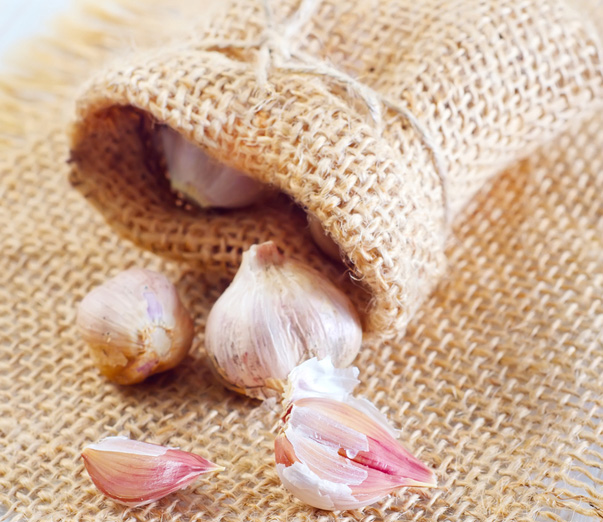An Extended Frankly from the Tribune article: “Mint – Love it, Others Hate it” dated June 28th, 2012, Page A4. Copies of the paper with the main aritcle are available for purchase at the Tribune Office, (509) 674-2511 or www.nkctribune.com/virtual-newspaper-vending-box/
Frankly, mint is so versatile, I just could not write enough about it in the short space of my weekly column. So here are more thoughts and uses for this wonderful herb. These steps and methods will hold true for just about every other herb where you consume the leaves: Oregano, Basil, Thyme, Marjoram, Rosemary, Savory, Chives, etc.
~ Let’s begin with growing mint at home ~
Growing Up
I do want to caution you about growing mint in Upper County. The problem is it grows very, very well here, meaning it can get quite invasive. It will grow year after year and each year, it will take over more and more space. It thrives in average soil, it doesn’t mind shade or full sun and even a little neglect. But don’t neglect where you plant it. If left alone in just a few short years it can overtake your gardens and yard!
That’s why in the article I mentioned to start it in deck planter boxes. Use a natural untreated wood, like a half wine barrel, or other large planter. If the vessel is too small you run the risk of the plant freezing to death in our long cold winters. Use a small amount of good quality top soil and generously add a lot of vegetable potting mix (available at garden centers and nurseries – make sure the soils are for growing vegetables)
Soil Notes
Mint, like most herbs does not require super rich soil conditions or fertilizers. Herbs seem to be built to grow fast so if you were to improve their growing conditions, they “grow up way too fast”. As parents we know, this is not always a good thing. Artificially speeding up growth, they can get tall and spindly, lowering their deep flavors and rich aromas. They can go to flower more quickly, again reducing their matured flavors and essential oils.
So go for a moderate soil, not too rich, not too barren. Clay soils, like everywhere in Upper County, are not good for herbs, poor drainage and lack of oxygen means poor growing plants.
In late October after our first few really heavy frosts, your mint will wilt and (apparently) die. No worries, it’s ok, only the stocks and leaves that have withered, the core plant & root system are fine and have gone dormant. I make a blend of 3-4 cups of good organic compost with 1-2 cups of Peat Moss and work it into the top soil (for my wine barrel example). Then I cover the plant with a thick layer (6” inches or more)of straw (not Hay)and/or 2-3 burlap bags. This will keep them toasty during the rest of the winter.
In the spring, after the last of the snows (April/May), remove the covers and mulch in some good organic compost mixed with a little Peat Moss, water and stand back.
Keep Growing…
To watch mint grow in the spring is really amazing. It will send out runners like strawberries do. These long octopus like ‘tentacles’ can stretch out several feet long (especially with Peppermint). Every few inches will be a set of small leaves… each set is a new plant. In the first couple of years of growing, from the ‘mother’ plant you may see 20 or more of these runners, each carrying 50 to 100… new plants! Yes, your math is correct… 2,000 possible new plants can come from the original mint.
To grow new plants
Peppermint has above ground runners, I just cut off 6” inches of a runner and plant it about ½” inch under the soil and you now have a new mint set. Spearmint will send up underground runners/shoots in the spring. Find a new baby plant near the mother plant. Dig down deeply and simply cut off the plant, it will have a root system established. Re-pot into a container and you’re done. Last year (2011) I potted up at least 20 six inch and twelve inch deck pots and gave them away to friends and neighbors. And my original plants seemed to flourish even better after their “haircut”.
Alternative Methods
Sequester your mint from getting out of hand by building a raised bed for just your mint. In the bottom of the box use weed barrier in several layers before you fill it with soil. You can also dig down at least 8-12 inches and make a wooden box underground. (still, I’ve had mint “jump the fence” and keep growing) Others have sunk a deck planter, like a wine barrel, half under the soil and half out (they look kind of nice too). Just make sure any planter has holes in the bottom for drainage.
Types
There are many types of mint these days, but I just stick with the 2 basic varieties, Spearmint – the basic green leafed mint, yes, used in gum, candies and has many culinary & medicinal uses.
Peppermint – yes, the stuff they flavor candy canes with. It looks really cool, small dark green leaves with hints of purple down the stems. Both have beautiful (and fragrant) flowers in early summer.
(Hmmm… “Breath Mint” I wonder where they came up with the name?)
Pennyroyal – is ornamental and should not be eaten – they make bug spray out of the stuff… there are other ornamental mints like “Corsican” which are a low growing ground covers… and smell great when you walk over them.
How NOT to Grow Mint
I have no clue.
Ok, you now have a ton of mint, let’s get cooking! Next, recipes and ideas on how to harvest, store and cook with mint! – next: Part III, Harvesting and Storing Mint & Herbs!




